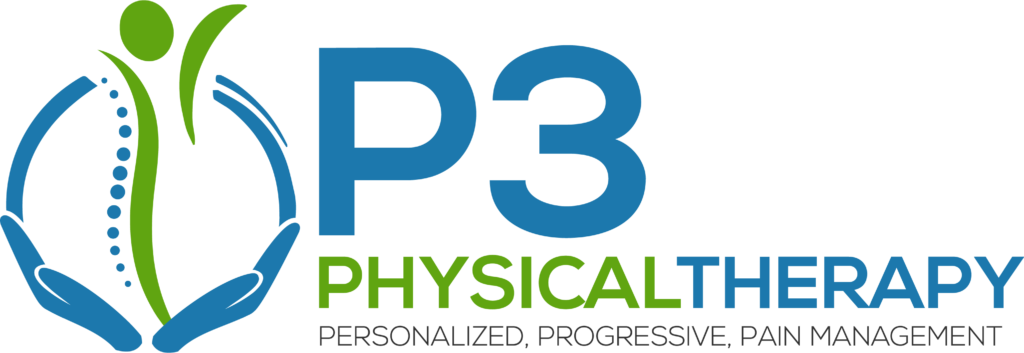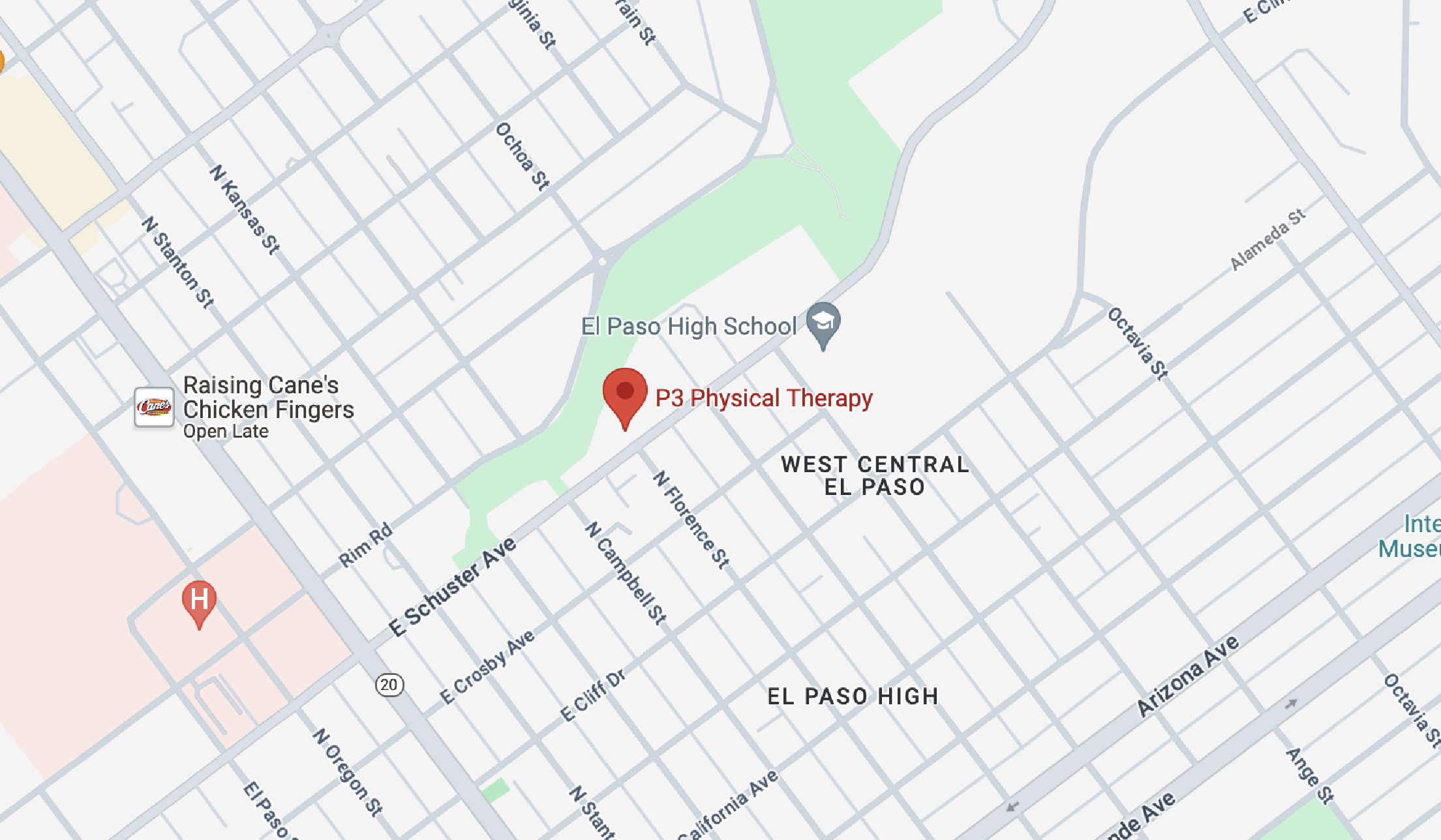
People and athletes of all levels often report injuries while doing the most inconspicuous of tasks like lifting grocery bags or taking out the trash but somehow fare well during a high-intensity and high-impact basketball or soccer game. Other times the injuries come from performing repetitive motions or simply playing the sport.
Injuries are a tricky business, but physical therapy is effective both in rehabilitation from injuries and as a preventative measure. Let’s take a closer look.
Common Sports Injuries Treated with Physical Therapy
Elite players, high school soccer stars, college athletes, or regular gym visitors all have a common foe: sports injuries. Thankfully, increased awareness about youth injuries and long-term effects, including impaired mobility, concussions, and other consequences, is getting a lot more attention.
According to the National Safety Council, regular exercise (with or without equipment) was responsible for over 468,000 injuries. Bicycling came in as a close second with 417,000 and basketball came in third with 404,000 injuries. John Hopkins, similarly, uncovered that 3.5 million injuries happen every year in young people and young athletes.
Common injuries seen in emergency rooms and physical therapy clinics include:
- Sprains: These are ligament-related injuries. They occur when connecting ligaments are overstretched or torn.
- Strains: These are muscle-related injuries and refer to when a muscle or tendon is torn, twister, or overstretched.
- Knee pain and knee-related injury: Knee injuries can vary, as the knee joint is very intricate. Common knee injuries include runner’s knee, iliotibial band syndrome, or even damage to the cartilage. According to statistics, up to 25% of American adults have suffered from knee pain.
- Shoulder injuries: The shoulder is another complex joint that, while very stable, can become compromised with repetitive motions or incorrect form or posture resulting in injuries.
Treating Sports Injuries with Physical Therapy
Whether your injury is mild, debilitating, or requires surgery, ensuring the proper rehabilitation is crucial for long-term recovery and getting back to the activities you love.
Physical therapists are trained to help athletes recover after an injury by designing an individualized plan. Rehabilitation protocols involve personalized care tailored to the athlete and their specific conditions, injury, and other factors.
Some of the approaches physical therapists take to enhance recovery include:
Rebuilding strength and movement
Whether the injury was acute or chronic, there will be some level of re-strengthening involved. When treating injuries, physical therapists will seek out exercises and skills training that will be aimed to build strength in the muscle affected and the surrounding muscles. Many times injuries occur due to a strength deficiency in nearby muscles. Part of rehabilitation is regaining strength in the affected area without further injury.
Improving mobility and range of motion
Physical therapists specialize in movement and are trained in advanced manual therapy skills. They use these to assess the functionality of a joint or muscle group. A physical therapist will employ a variety of joint mobilization techniques and even stretches to ensure that the joint is healthy and regaining a full range of motion.
Physical Therapy as a Preventative for Sports Injuries
While it’s true that sports injuries cannot be controlled or foreseen, preventative measures exist to reduce the risk and chance of injury. As the saying goes, behind every great Olympic athlete, there is a great physical therapist. The idea is that physical therapy is not only implemented after the injury, it can be put in place as a preventative to address movement deficiencies or limited range of motion.
Physical Therapy Approaches to Prevent Injury
A physical therapist might employ any number of exercise plans, techniques, and approaches to ensure there is an injury prevention plan in place. As with anything with physical therapy, it is very much individualized so a PT will first assess what possible injuries a patient may incur based on their sport or repeated activity. For example, a soccer player and a baseball player will have different possible injuries given nature and movements required for the sport. Even if you’re working out at home, for the time being, it’s still crucial to keep your body in check!
A physical therapist will:
- Frequently assess movement and range of motion
- Ensure that frequently used muscles and muscle groups are being strengthened and trained appropriately
- Encourage treatments such as massages and other recovery methods that increase mobility
- Evaluate and assess gait, posture, technique, asymmetry, etc.
- Provide exercise plans that enhance and complement your training, lifestyle, or particular concerns.
- Advise athletes on proper warm-ups and dynamic stretches.
Don’t Sit on the Sidelines, Move Better with P3 Physical Therapy!
Whether you’ve suffered an acute or chronic injury or fear getting injured while playing in a sports team or participating in other activities like marathon running, hiking, or CrossFit, a physical therapist at our clinic can help with long-term recovery and success. A personalized approach to sports medicine means that you get specialized attention tailored to your sport, body type, medical history, etc.
Have questions about how a physical therapist can help you move better? Call us today and learn more.


